Nature Restoration Law Enters Into Force – What’s Next for Free-Flowing Rivers?
The Nature Restoration Regulation (NRR) officially came into force on August 18, 2024, marking a significant milestone in Europe’s commitment to restoring degraded ecosystems. This legislation sets legally binding targets to revive nature, combat biodiversity loss, and enhance climate resilience. A key provision of the law is the restoration of at least 25,000 km of rivers to a free-flowing state by 2030, making it a game-changer for freshwater ecosystems and dam removal efforts across Europe.
Impact on Freshwater Ecosystems and Dam Removal
A core element of the NRR is its ambitious target to restore at least 25,000 kilometers of European rivers to a free-flowing state by 2030 (Article 9). This objective directly addresses the pervasive issue of river fragmentation caused by obsolete barriers such as dams, weirs, and culverts. Removing these structures is essential to reestablishing natural water flow, sediment transport, and nutrient cycles, which in turn supports biodiversity and enhances ecosystem services.
For dam removal advocates, this presents a significant opportunity to accelerate efforts in dismantling outdated and harmful barriers. By actively engaging with national authorities in the formulation and execution of National Restoration Plans (NRPs), stakeholders can ensure that dam removal is prioritized as a key strategy for achieving the law’s freshwater targets.
The Next Step: National Restoration Plans
With the regulation now in effect, attention turns to National Restoration Plans (NRPs). Each EU Member State must submit a draft within two years (by mid-2026), outlining how they will meet the law’s targets, including those for freshwater ecosystems. These plans must:
- Identify degraded ecosystems that require restoration
- Set clear measures and milestones for 2030, 2040, and 2050
- Outline funding sources and financial strategies
- Ensure transparency and public participation
This is a critical moment for freshwater advocates, including Dam Removal Europe members, NGOs, scientists, and citizens, to influence national governments and push for ambitious freshwater restoration targets. Each country will determine its priorities within the broader EU-wide framework—without strong advocacy, dam removal may not receive the attention it deserves.
In other words, the success of the NRR depends on Member States prioritizing dam removal in their national plans. Without clear commitments, countries may focus on other restoration actions while leaving outdated dams in place.
What Can You Do?
- Engage with national policymakers – Advocate for strong freshwater restoration commitments in your country’s National Restoration Plan.
- Push for transparency and stakeholder participation – Ensure that public consultations allow input from experts, NGOs, and local communities.
- Highlight dam removal as a key strategy – Show decision-makers that removing obsolete barriers is one of the most effective ways to achieve NRR targets.
- Leverage funding opportunities – EU funding mechanisms and regional funds can support dam removal projects.
- Collaborate and mobilize – Join forces with local and international networks to increase pressure on governments.
A Defining Moment for Europe’s Rivers
The Nature Restoration Regulation is a unique opportunity to reverse decades of damage to Europe’s freshwater ecosystems. However its success hinges on effective implementation at the national level. With National Restoration Plans now in development, the next two years are critical.
By stepping up now, we can ensure that dam removal remains at the heart of Europe’s river restoration efforts—bringing life back to our waterways and securing a healthier, more resilient future for both people and nature.
Prepared by Julia Bowerhoff, The Nature Conservancy Europe


